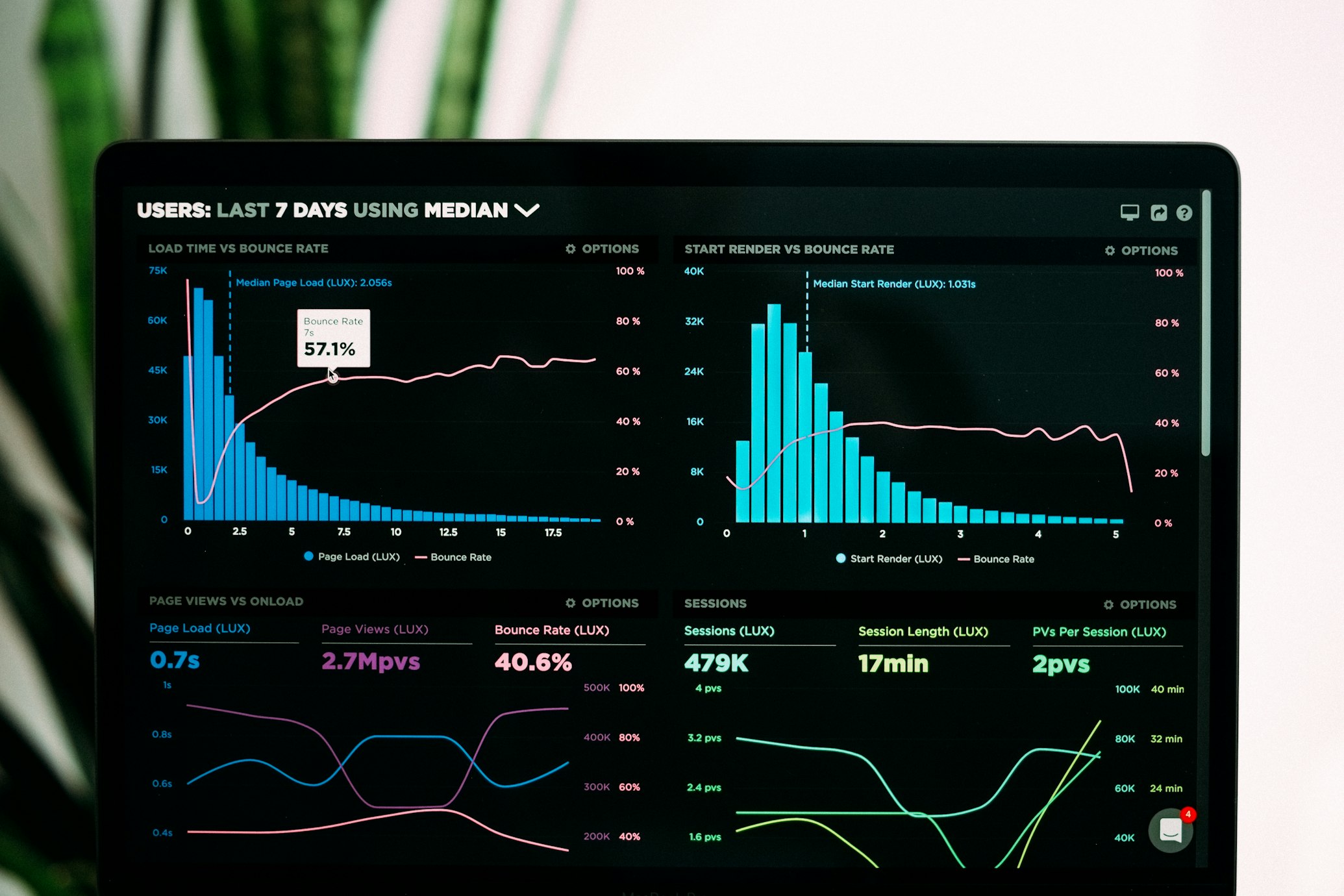
Designing Your Conversion Funnel: 7 Essential Steps to Transform Visitors Into Loyal Customers
Designing Your Conversion Funnel: 7 Essential Steps to Transform Visitors Into Loyal Customers
Transform your website from a digital brochure into a customer-generating machine with these proven funnel strategies.
Converting website visitors into paying customers isn't about luck—it's about strategy. A well-designed conversion funnel acts as your digital sales assistant, working 24/7 to guide prospects through their journey from curious browser to loyal customer. Whether you're running an e-commerce store, service business, or SaaS platform, these seven steps will help you build a funnel that actually converts.
1. Map Your Customer Journey (Start with the End in Mind)

Before building your funnel, you need to understand how your customers actually think and behave. Start by identifying every touchpoint a prospect has with your business, from their first Google search to their final purchase decision.
Action Steps:
Create buyer personas based on real customer data, not assumptions
Document the typical path customers take before buying
Identify common objections and concerns at each stage
Map out the questions prospects ask throughout their journey
The most successful funnels mirror natural human psychology. People don't buy immediately—they research, compare, and gradually build trust. Your funnel should support this natural process, not fight against it.
2. Create Irresistible Lead Magnets (Give Before You Get)

Your lead magnet is the gateway to your funnel. It's the valuable resource you offer in exchange for a visitor's contact information. The key is making it so valuable that prospects would happily pay for it.
High-Converting Lead Magnet Types:
Checklists and Templates: Actionable tools that solve immediate problems
Exclusive Research: Industry insights and data not available elsewhere
Mini-Courses: Multi-part email series that deliver real value
Resource Libraries: Curated collections of tools and resources
Free Trials: Risk-free ways to experience your product
Remember, your lead magnet should attract your ideal customers, not just anyone. A highly targeted lead magnet that attracts 100 qualified prospects is infinitely more valuable than a generic one that attracts 1,000 unqualified visitors.
3. Optimize Your Landing Pages (First Impressions Matter)

Your landing page is where visitors make their first commitment to your brand. Every element should be laser-focused on one goal: conversion. Remove distractions, clarify your value proposition, and make it ridiculously easy for visitors to take the next step.
Landing Page Essentials:
Clear, Benefit-Focused Headlines: What's in it for them?
Compelling Subheadings: Support your main promise with additional benefits
Social Proof: Testimonials, reviews, and trust badges
Strong Call-to-Action: Use action-oriented language that creates urgency
Mobile Optimization: Over 50% of traffic comes from mobile devices
Test different elements systematically. Small changes like button color, headline wording, or form placement can dramatically impact conversion rates. What works for one business might not work for another, so let data guide your decisions.
4. Nurture with Email Sequences (Build Relationships, Not Just Lists)

Email nurturing is where the magic happens. This is your opportunity to build trust, demonstrate expertise, and address objections before they become deal-breakers. Most people need multiple touchpoints before they're ready to buy, so your email sequence should gradually move prospects toward a purchase decision.
Effective Email Sequence Structure:
Welcome Email: Deliver your lead magnet and set expectations
Value-First Emails: Share tips, case studies, and insights
Social Proof: Customer success stories and testimonials
Objection Handling: Address common concerns and misconceptions
Clear Offers: Present your products/services when the timing is right
Personalization goes beyond using someone's first name. Segment your email list based on behavior, interests, and where prospects are in their buyer's journey. Send relevant content to the right people at the right time.
5. Design Compelling Offers (Make Them an Offer They Can't Refuse)

Your offer is the bridge between interest and purchase. It should be so compelling that prospects feel they'd be crazy not to take advantage of it. This isn't about discounting—it's about creating genuine value that makes the decision easy.
Offer Enhancement Strategies:
Bundle Products: Combine related products/services for greater value
Add Bonuses: Include complementary resources or services
Create Urgency: Limited-time offers or exclusive access
Reduce Risk: Money-back guarantees or free trials
Payment Plans: Make higher-ticket items more accessible
The strongest offers solve multiple problems simultaneously. Instead of selling a single product, create a complete solution that addresses all aspects of your customer's challenge.
6. Implement Retargeting Campaigns (Second Chances Convert)

Most visitors won't convert on their first visit—that's normal. Retargeting campaigns give you additional opportunities to reconnect with interested prospects and guide them back into your funnel. These campaigns often have higher conversion rates because they target people who've already shown interest.
Retargeting Campaign Types:
Content Retargeting: Show relevant blog posts to engaged visitors
Product Retargeting: Remind visitors about specific products they viewed
Email List Retargeting: Target people who opted in but haven't purchased
Video Retargeting: Engage prospects with compelling video content
Abandoned Cart Recovery: Bring back almost-customers with targeted offers
Create different retargeting campaigns for different stages of your funnel. Someone who visited your pricing page needs different messaging than someone who only read a blog post.
7. Track, Test, and Optimize (Data Drives Success)

Your funnel is never "done"—it's an ongoing optimization project. The most successful businesses continuously test and refine their funnels based on real performance data. What you think will work and what actually works are often very different things.
Key Metrics to Track:
Traffic Sources: Which channels drive the highest-quality visitors?
Conversion Rates: Where are people dropping off in your funnel?
Email Performance: Open rates, click rates, and unsubscribe rates
Customer Lifetime Value: How much is each customer worth long-term?
Cost Per Acquisition: How much does it cost to acquire each customer?
Use tools like Google Analytics, heat mapping software, and A/B testing platforms to gather insights. Test one element at a time to clearly identify what's driving improvements. Small, consistent optimizations compound into significant results over time.
Ready to Build Your High-Converting Funnel?
Designing an effective conversion funnel takes time, strategy, and ongoing optimization. But when done right, it becomes your most valuable business asset—working around the clock to turn visitors into customers and customers into advocates.
If you're ready to take your conversion funnel to the next level but need expert guidance, we're here to help. At Vandergrace Media, we specialize in creating conversion-focused digital strategies that deliver measurable results.
Book a Strategy Call with Vandergrace Media
Let's discuss how we can help you build a funnel that consistently converts visitors into loyal customers. Your ideal funnel is just a conversation away.
Ready to implement these strategies? Start with step one today and begin mapping your customer journey. Remember, the best funnel is the one that gets built—not the perfect one that stays on the drawing board.